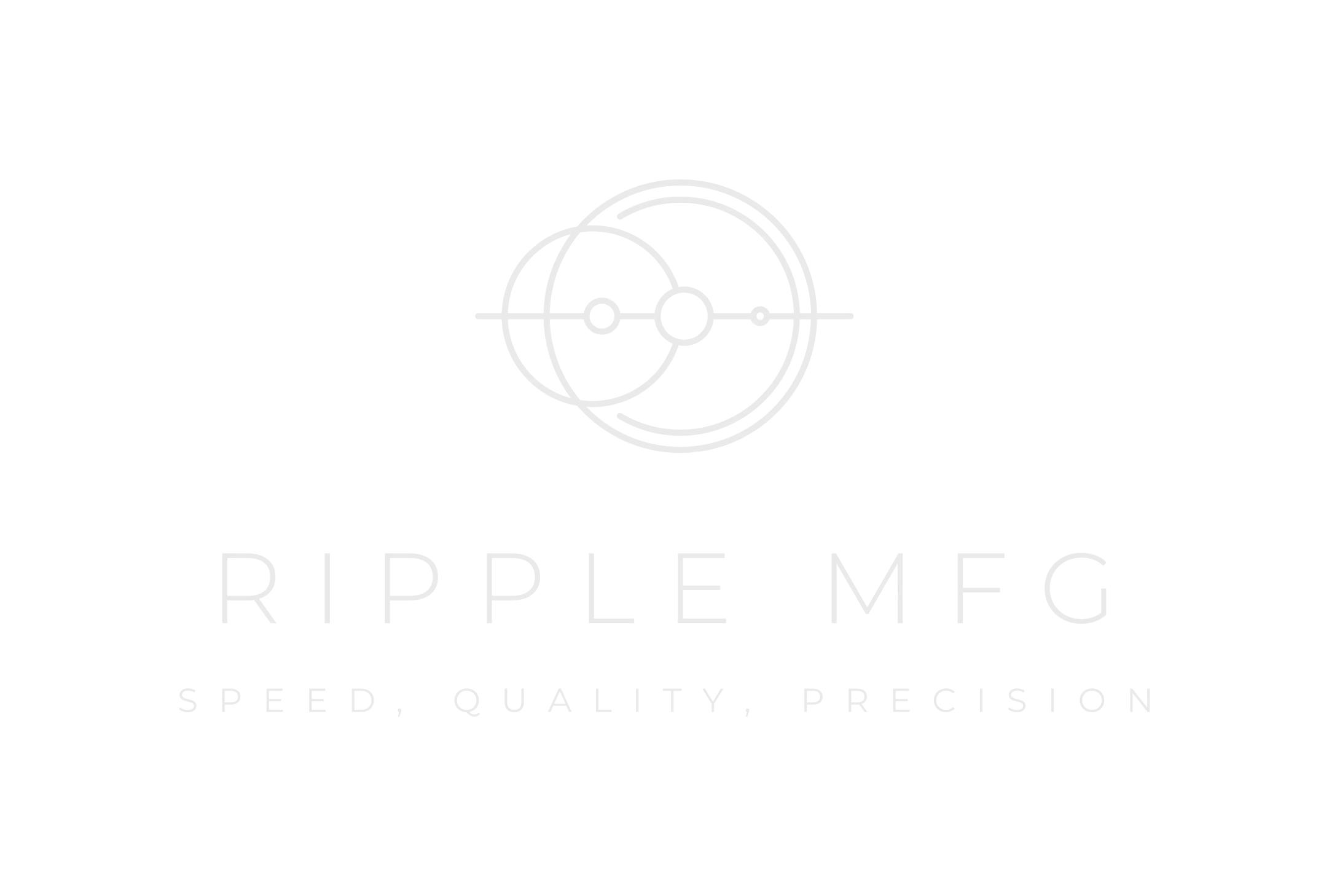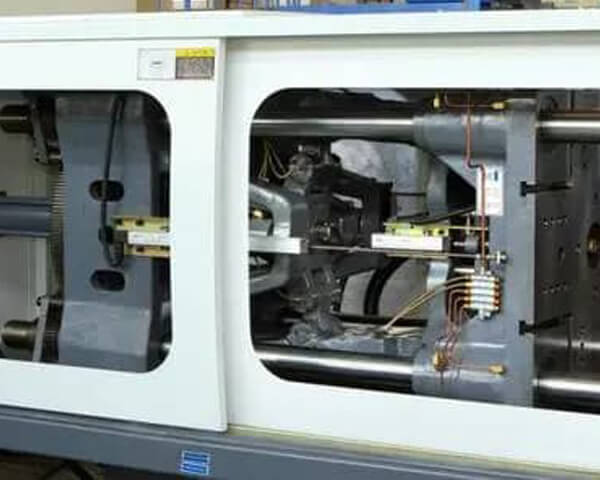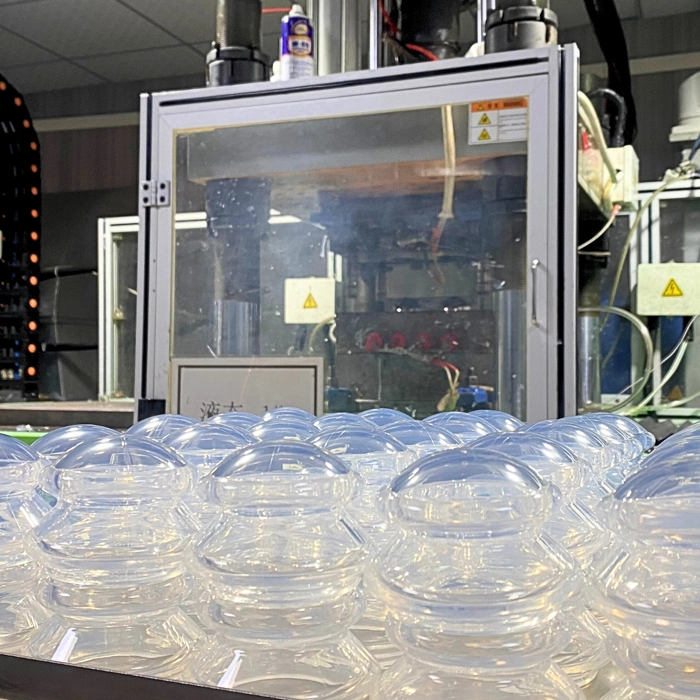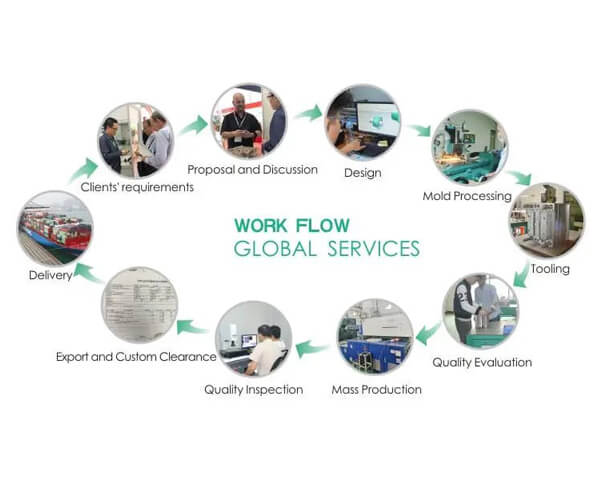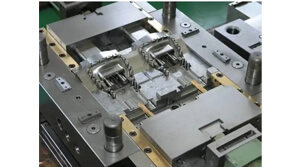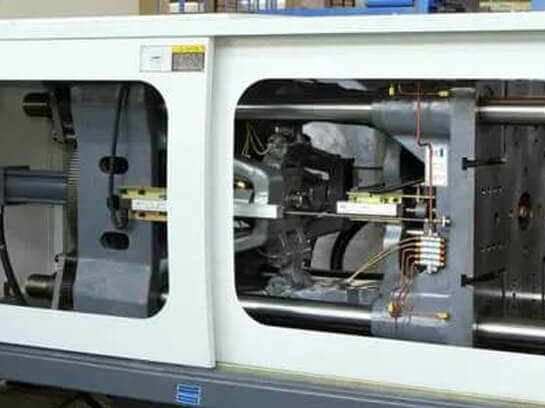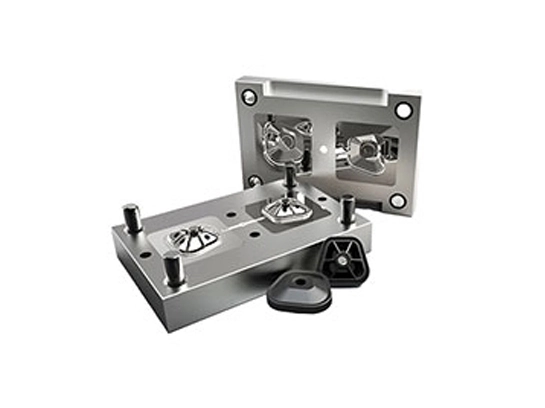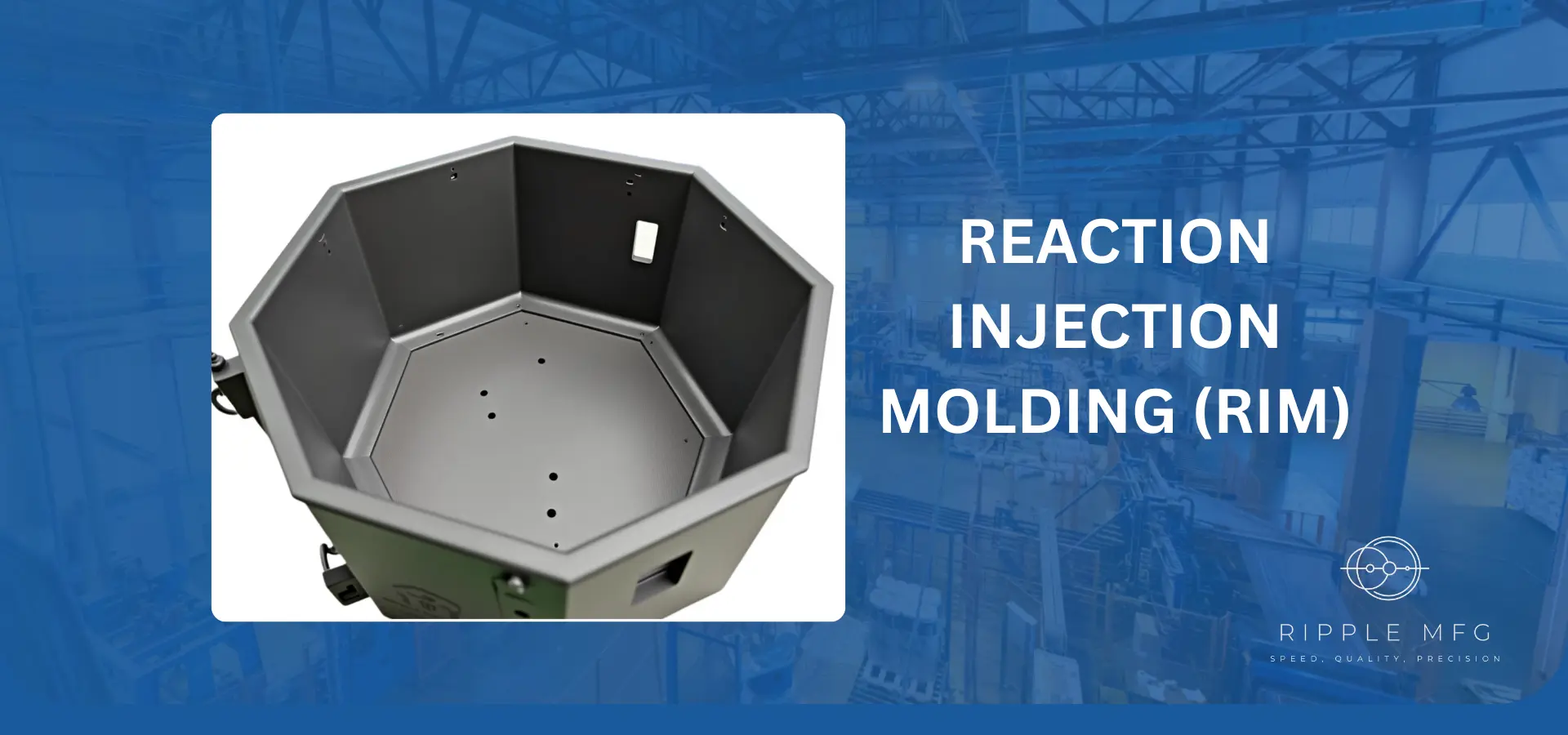

.webp)
Reaction Injection Molding (RIM) is a great process to make large cosmetic parts very quickly at a lower cost, which is a manufacturing process that involves mixing two liquid components—a polyol and an isocyanate—inside a high-pressure chamber. The mixture is then injected into a mold, where a chemical reaction takes place, causing the material to expand and solidify into the desired shape. This process allows for the creation of lightweight yet durable parts with intricate geometries, making RIM a popular choice for industries like automotive, medical, and consumer products. And widely used in industries that demand high-quality parts with excellent mechanical properties, making it ideal for both prototyping and large-scale production.
RIM differs from traditional injection molding in that it relies on low-pressure molding and a chemical reaction, rather than high heat. As a result, it is suitable for producing larger, more complex parts with excellent surface finishes and mechanical properties at a lower cost.
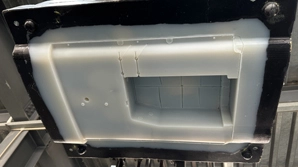
Rapid Tool
It is for fast tool building lead time (7-10 days) for simple structure of metal frame engaged with PU core/cavity coated with silicon for easier mold release. This type of tooling is suitable for small volume production and simple part geometry but shorter mold life, usually not over 100 pcs run for general PU materials such as ABS and PP like.
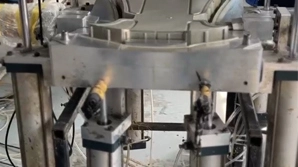
AL Tool
It is for higher volume production with 25 -30 days tool build lead time with tool life up to 10K pcs max. This type of tooling included the pneumatic cylinder to allow the automatic mold open/close and exterior slide action for moderate complicated part molding. In addition, the PU with small amount foam content also suitable for AL tool molding as the pneumatic clamping pressure provides optimum force to against the expansion pressure from the foam.
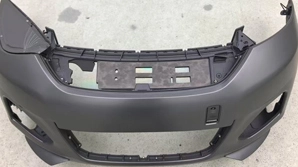
Steel Tool
It is designed especially for the part with very thick section. Depending the size & complexity of the product, the tool lead time could range 45-60 days. The tool involved steel mold base engaged with AL core/cavity to provide sufficient tool strength as typically molding with special resin Covestro Baydur 100 and Baydur 60 (Full density structural Polyurethane). These types of resins have excellent physical properties with minimal shrinkage so the part thickness could be up to 40mm without sink effect. However, this material request hydraulic press to provide high clamping pressure and molding temperature for molding to against the significant thermal expansion of material inside the mold, steel tool is the best option under the high clamping force and molding temperature.
Item | RIM tooling types | Production Volume | Material Application | Wall thickness |
1 | Rapid Tool | 100 pcs max | ABS & PP-like (PU resin) | 2 – 50mm |
2 | AL tool | 5 - 10K pcs max | PU resin PU with foam | 2 – 50mm 10-100mm |
3 | Steel mold base with AL core/cavity | More than 10K | Baydur 100 and Badur 60 | 4 – 40mm |
Reaction Injection Molding offers several benefits that make it a preferred manufacturing method for creating high-performance parts.
1. Ability to Produce Large, Complex Parts with Superior Surface Finish
RIM allows for the production of large components with intricate geometries. Ideal for lightweight parts with foam materials that require strength and durability. Excellent for applications where weight reduction is critical, such as in automotive and aerospace industries. Produces parts with smooth, high-quality surface finishes, often requiring minimal post-processing. Ideal for applications where aesthetic requirements are important for medical equipment, consumer goods and automotive panels.
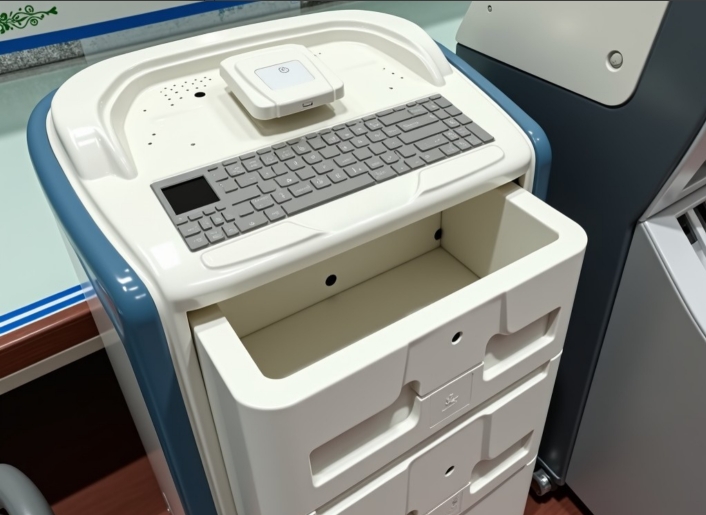
2. Cost-Effective for Large Parts
RIM uses low-pressure molding, reducing tooling costs compared to traditional injection molding. Cost-effective for both low and medium production volumes.
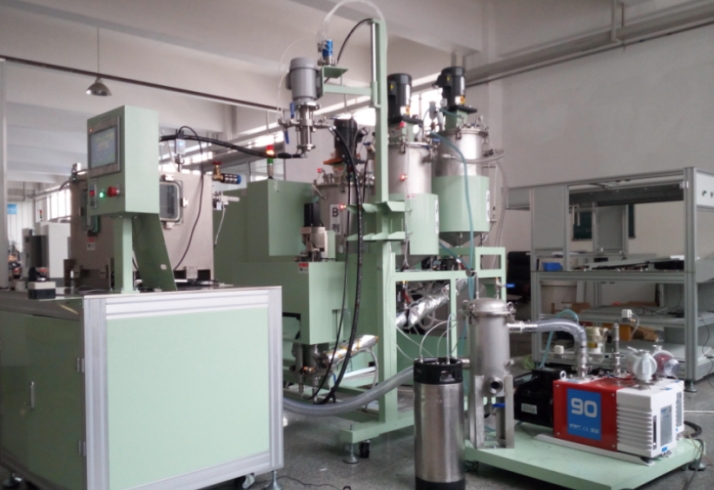
3. Versatile Material Options
RIM supports a variety of materials, including polyurethanes and composites, to meet specific application needs. Materials can be tailored for specific properties, such as impact resistance, flexibility, thermal stability or lightweight parts applicable for automotive & aerospace.
